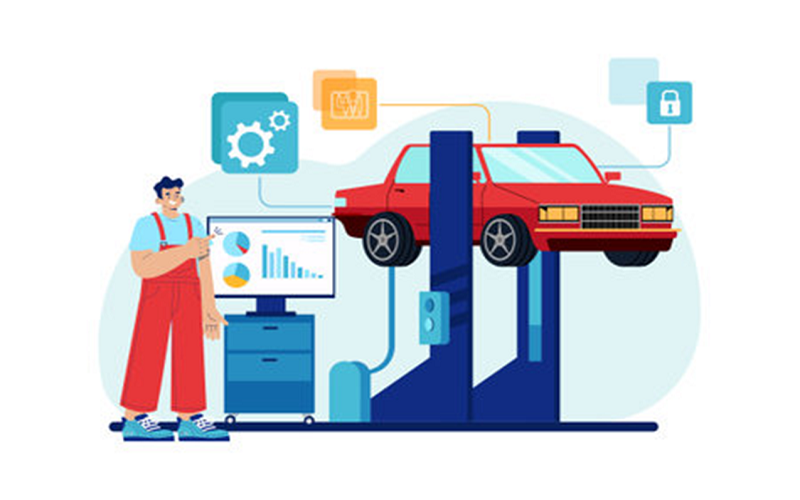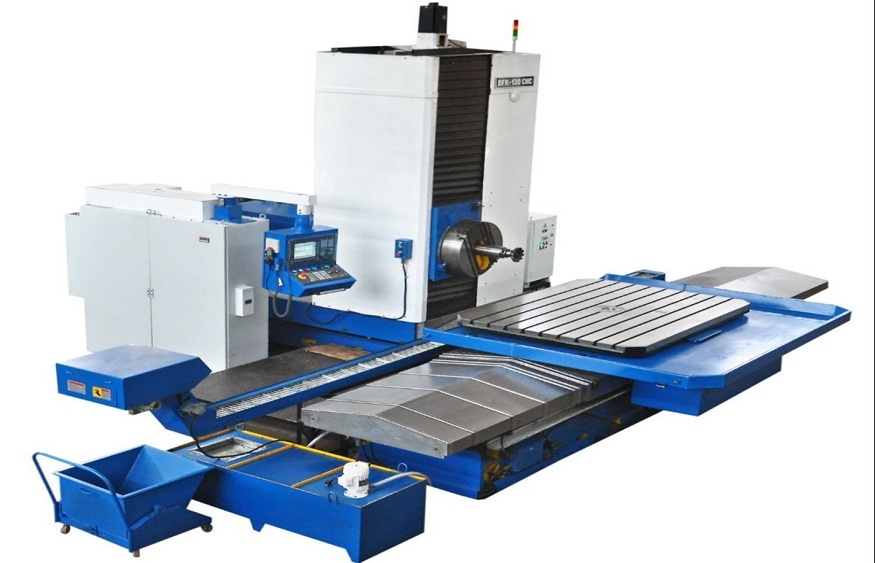The evolution of car towing and diagnosis services is a fascinating journey that reflects the rapid advancements in automotive technology and the growing needs of drivers. From the early days of rudimentary roadside assistance to today’s sophisticated diagnostic systems and comprehensive car towing services, this history highlights significant milestones and innovations that have shaped the industry.
Early Days: The Birth of Roadside Assistance
The Advent of Automobiles
The late 19th and early 20th centuries saw the birth of the automobile, a revolutionary invention that transformed transportation. However, early cars were prone to frequent breakdowns due to their mechanical complexity and lack of paved roads. As cars became more popular, the need for roadside assistance became evident.
The First Tow Trucks
The concept of towing vehicles was pioneered by Ernest Holmes Sr. in 1916. Holmes, a mechanic from Chattanooga, Tennessee, developed the first tow truck after a friend’s car slid into a creek. Using a pulley system attached to his Cadillac, Holmes successfully rescued the car, leading him to design and patent the first tow truck. This innovation marked the beginning of the car towing industry.
Mid-20th Century: Expansion and Standardization
Post-War Boom
The post-World War II era saw a significant increase in car ownership. With more cars on the road, the demand for towing and roadside assistance services grew. During this period, motor clubs such as AAA (American Automobile Association) expanded their services, offering members roadside assistance, towing, and other travel-related benefits.
Professionalization of Towing Services
As the industry expanded, so did the need for professional standards. Towing companies began to adopt standardized practices for vehicle recovery and safety. Innovations in tow truck design, such as the introduction of hydraulic lifts and wheel-lift systems, made the towing process more efficient and less damaging to vehicles.
Late 20th Century: Technological Advancements
Introduction of Computer Diagnostics
The late 20th century witnessed significant advancements in automotive technology, particularly with the introduction of computer-controlled systems. The development of the On-Board Diagnostics (OBD) system in the 1980s revolutionized car diagnosis. OBD systems allowed for real-time monitoring of a vehicle’s performance and the ability to detect and diagnose issues through computer codes.
Growth of Mobile Diagnostic Services
With the advent of portable diagnostic equipment, mobile diagnostic services became feasible. Technicians could now come to the location of a stranded vehicle, perform diagnostics on-site, and sometimes even complete minor repairs without the need to tow the vehicle to a shop. This convenience greatly improved the efficiency of roadside assistance.
21st Century: Integration and Innovation
Advanced Diagnostic Tools
The 21st century brought further advancements in diagnostic tools. OBD-II, the second generation of On-Board Diagnostics, became standard in all vehicles manufactured after 1996. OBD-II provided more comprehensive data and standardized codes, making diagnostics more accurate and accessible.
Integration with Smart Technology
Modern cars are increasingly equipped with advanced telematics systems that provide real-time data on vehicle performance and health. These systems can alert drivers to potential issues before they become serious problems. Additionally, many cars now come with built-in GPS and connectivity features that can directly communicate with roadside assistance providers, streamlining the towing and diagnostic process.
Eco-Friendly Towing Solutions
Environmental concerns have also influenced the towing industry. The development of hybrid and electric tow trucks reflects a growing emphasis on sustainability. These vehicles reduce the carbon footprint of towing operations and align with broader efforts to promote eco-friendly transportation solutions.
The Future of Car Towing & Car Diagnosis Services
Predictive Maintenance
The future of car diagnostics is leaning towards predictive maintenance, where advanced algorithms and AI analyze vehicle data to predict and prevent potential failures before they occur. This proactive approach could significantly reduce the need for emergency towing services.
Autonomous Vehicle Support
As autonomous vehicles become more prevalent, the towing and diagnostics industry will need to adapt. Autonomous vehicles will require specialized towing and diagnostic services, as their complex systems present unique challenges. Additionally, roadside assistance for these vehicles will likely involve more remote diagnostics and software updates.
Enhanced Customer Experience
The integration of mobile apps and digital platforms has already improved the customer experience in roadside assistance. Future innovations may include real-time tracking of tow trucks, transparent pricing, and faster response times, all contributing to a more seamless and efficient service.
Conclusion
The history of car towing and diagnosis services is a testament to the rapid pace of technological innovation and the evolving needs of drivers. From the invention of the first tow truck to the development of advanced diagnostic tools and eco-friendly solutions, this industry has continually adapted to provide better, more efficient services. As we look to the future, continued advancements promise to make car towing and diagnostics even more integrated, predictive, and customer-focused.



